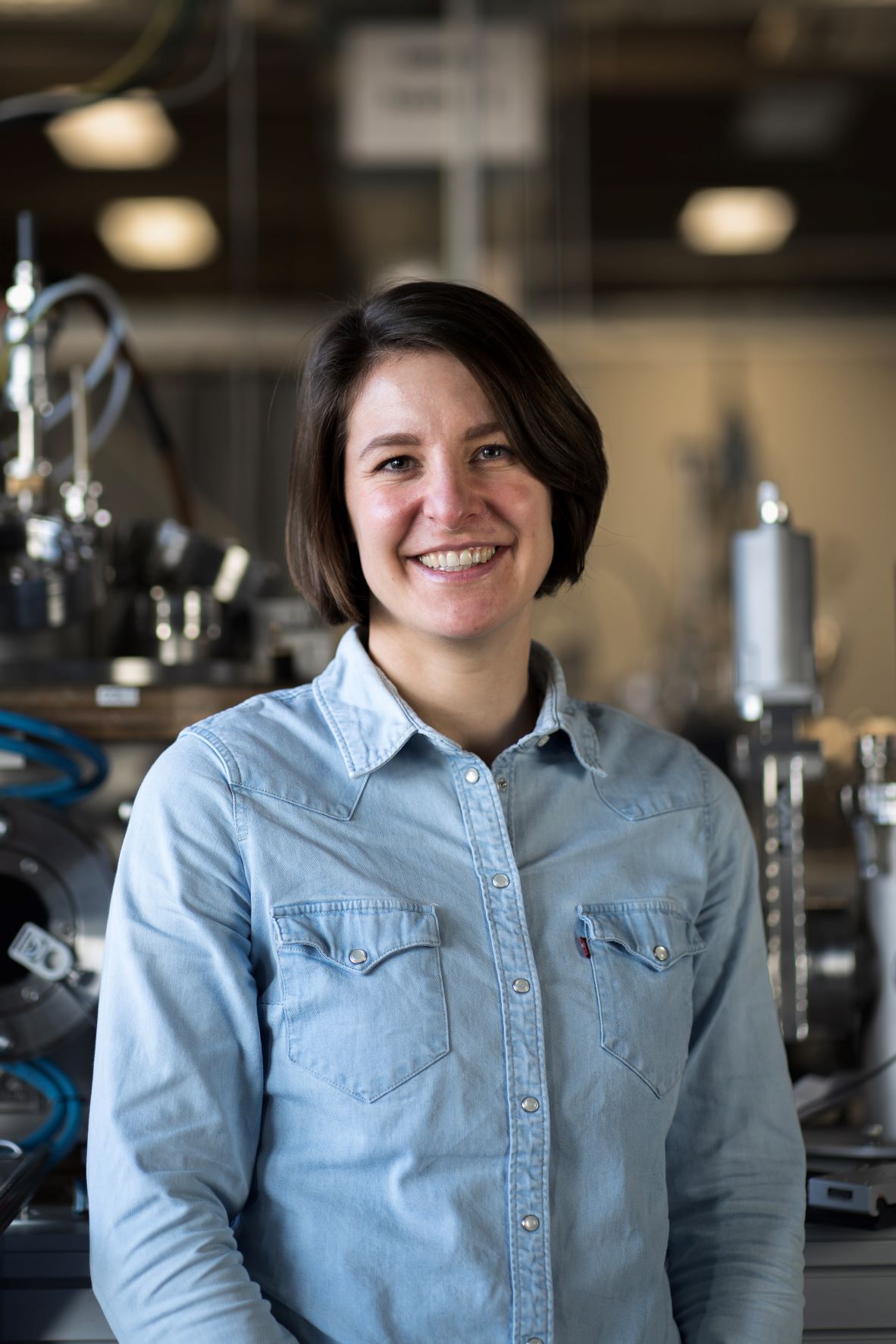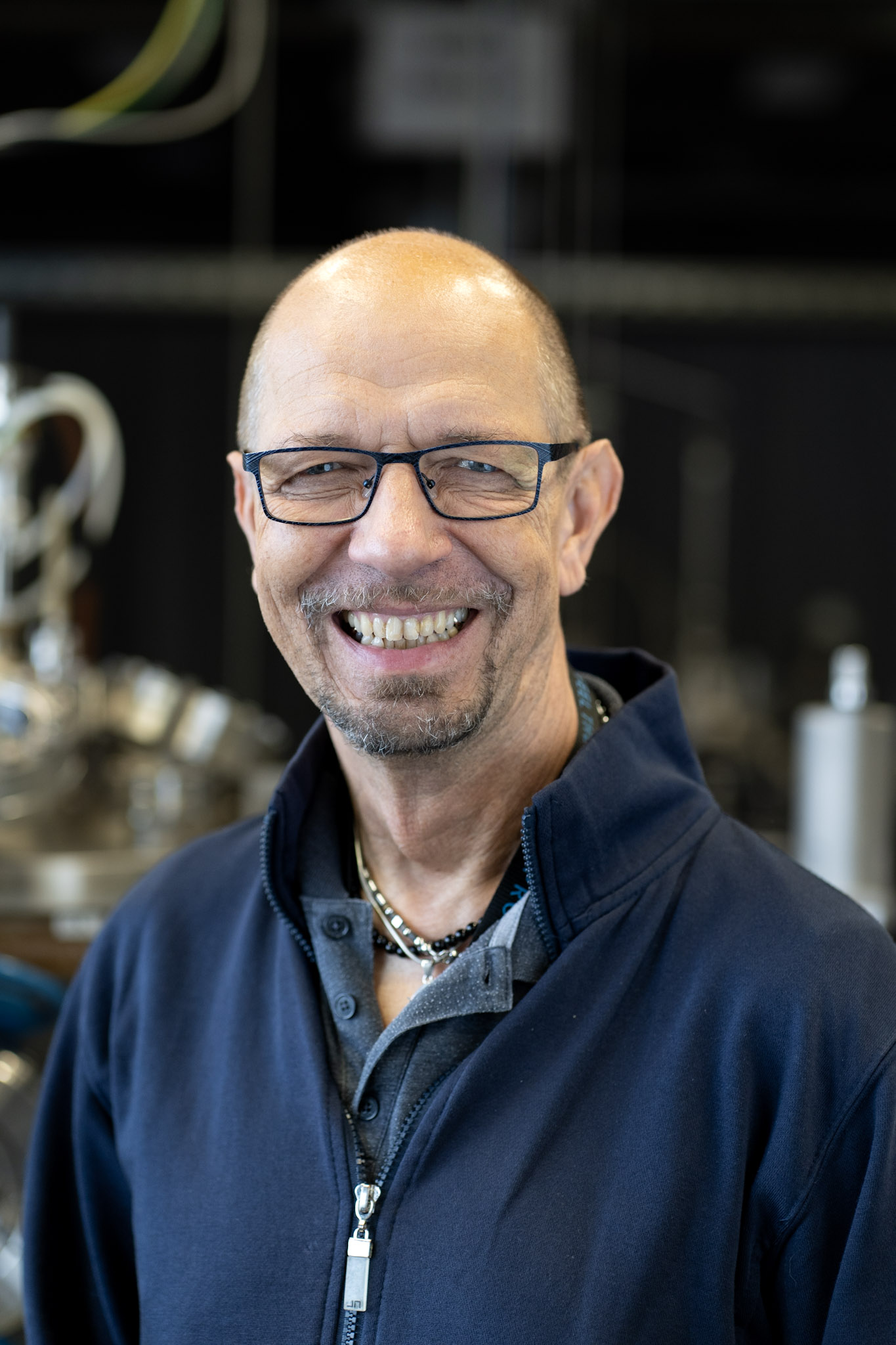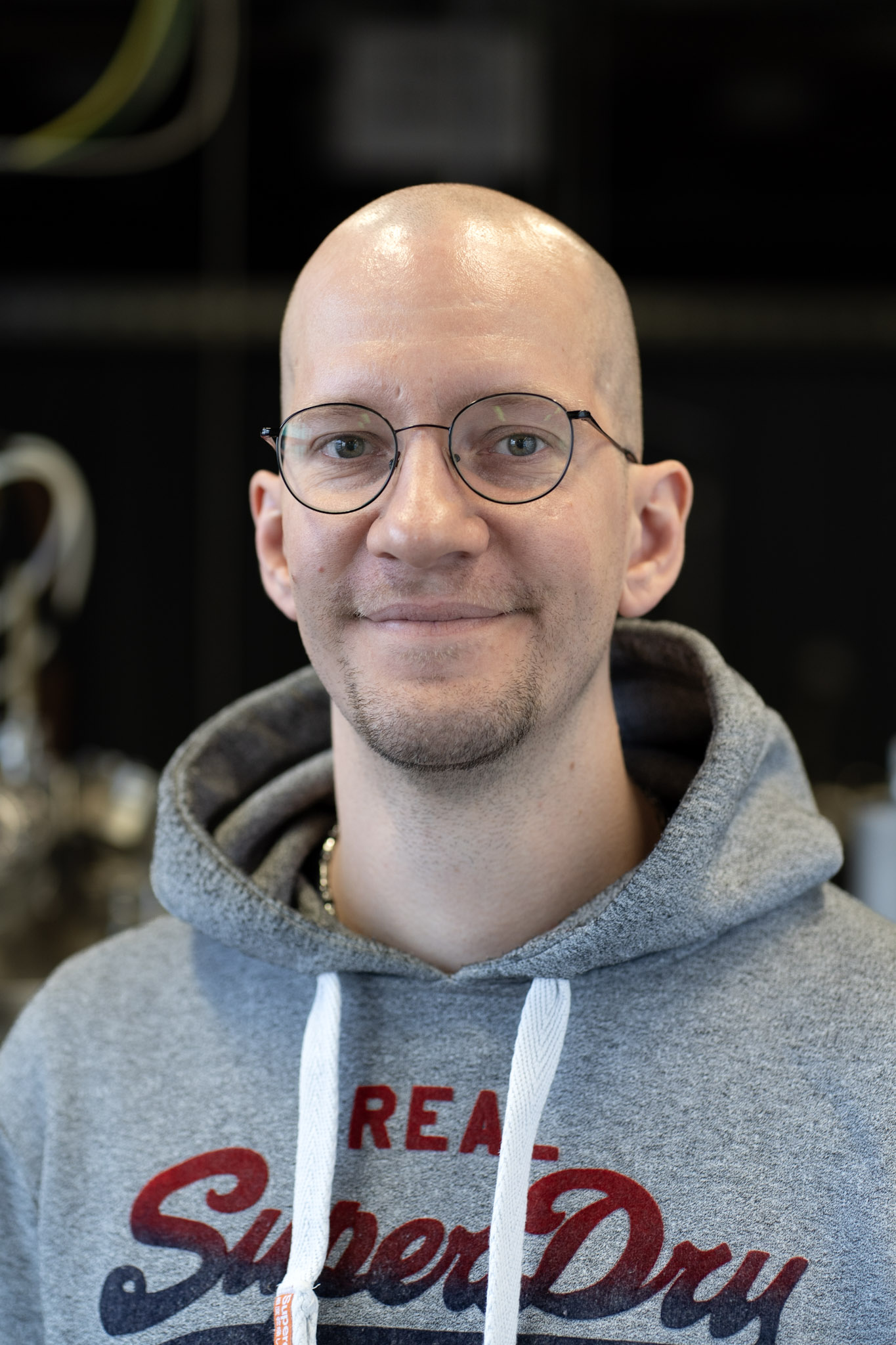PlasNow - Transport of biologically relevant molecules from the plasma discharge to the biological target in controlled (humid) environments
Funding source: DFG
Project ID: 430219886
Principal investigators: P. Awakowicz, J. Golda
Funding period: 2019 - ongoing
Team




Description
The project aims to gain further insight into the chemical and physical influence of a non-thermal atmospheric pressure plasma on biological tissues such as skin with a view to efficiency and healing-promoting effects.NO is known as the most important trigger element in wound healing in the human body and especially in skin tissue. Besides NO itself, NO derivatives (NODs) such as nitrates, nitrites and s-nitroso proteins play a key role especially for long-term effects in metabolism. We therefore want to focus on the NO pathway from the gas phase into the liquid by quantifying NO and NODs and on the influence of humidity in a controlled atmosphere - humidity that is always available in the atmosphere and in the human body and provides species such as O, H or OH. Due to the complexity of the plasma/atmosphere/liquid/biomolecule system, the parameters need to be controlled as precisely as possible to achieve fundamental understanding. We will therefore use a DBD and a µAPPJ that cover almost the entire range of plasma applications:
We limit the parameter range to answer the following research questions:- How do NO/NOD concentrations, distributions and fluxes evolve and shift from the source via the fluid to the final destination - the biomolecule - how does NO production in plasma influence the flux to skin tissue? What influence do humidity and especially OH have on the production or loss of NO and its derivatives?- How do environmental parameters such as humidity or fluid composition, which provide species such as O and OH, influence these properties?- To what extent can NO(D) and OH production be optimized for both plasma sources by varying gas mixing and external electrical parameters? To this end, we will adapt and investigate the yield of the sources in collaboration with partners. This will be done in an adapted for all available vessel that allows the operation of both sources in different atmospheres. To overcome the well-known problems of measuring at the liquid-gas interface and in the liquid, we use a combined approach.
We will use bio-sensors in a specialized measuring probe that can also be used in the analytical systems of a cooperation partner (Metzler-Nolte). In addition, we want to develop light-fiber-based spectroscopic diagnostics that allow detection with high spatial resolution in liquids. Our second cooperation partner (Christoph Suschek) is investigating the effects of these quantified molecules in vivo.

